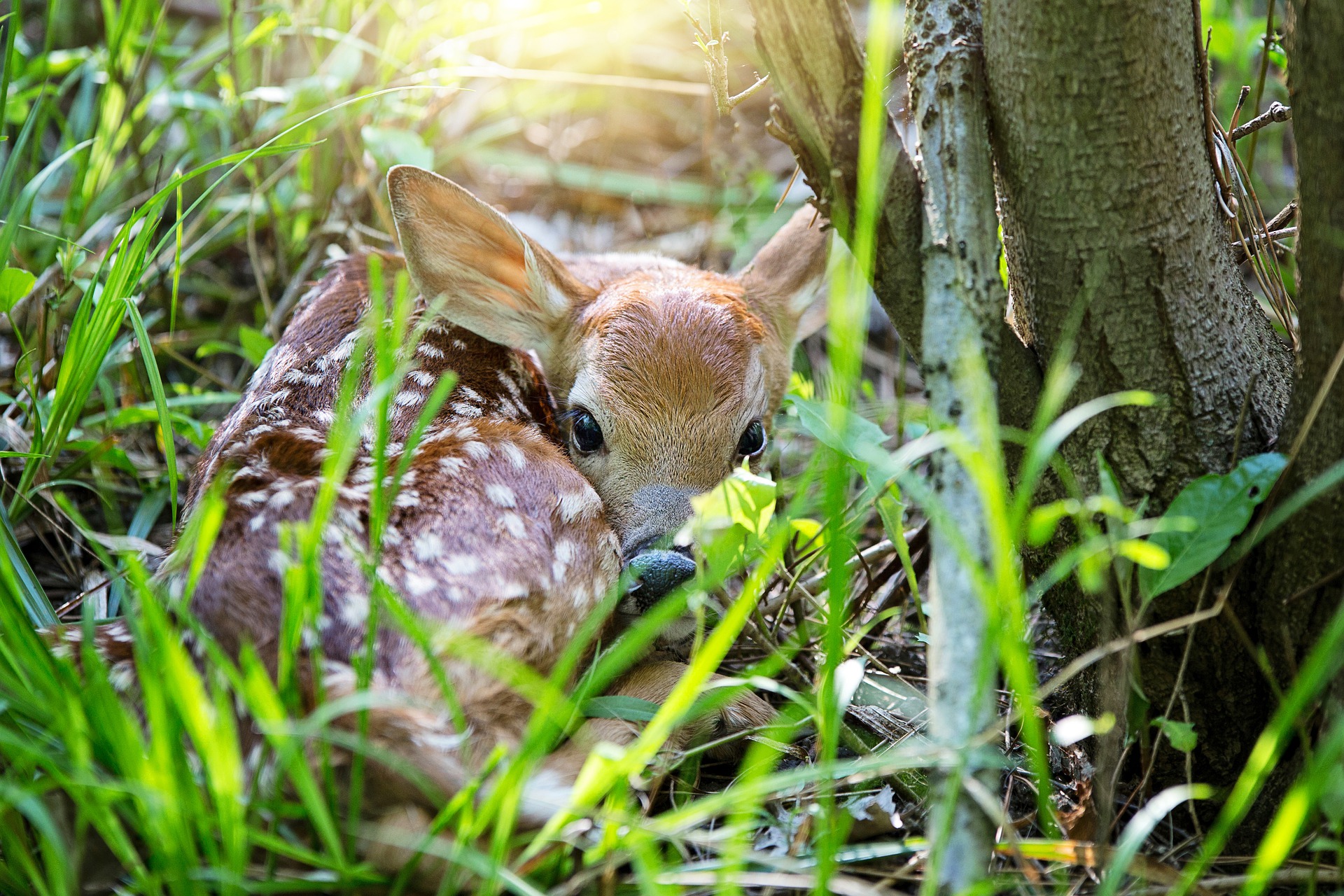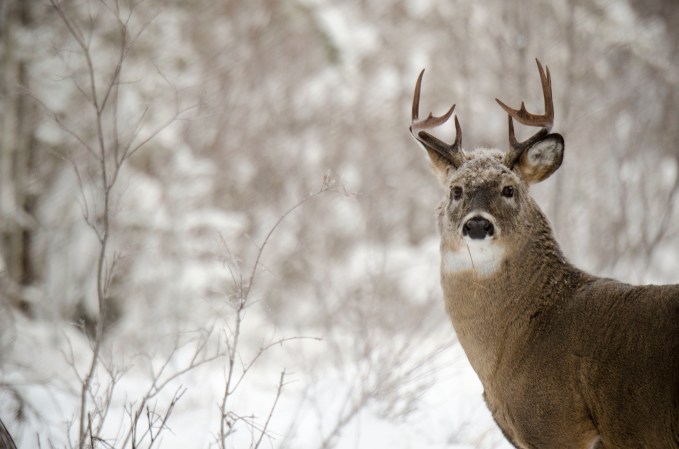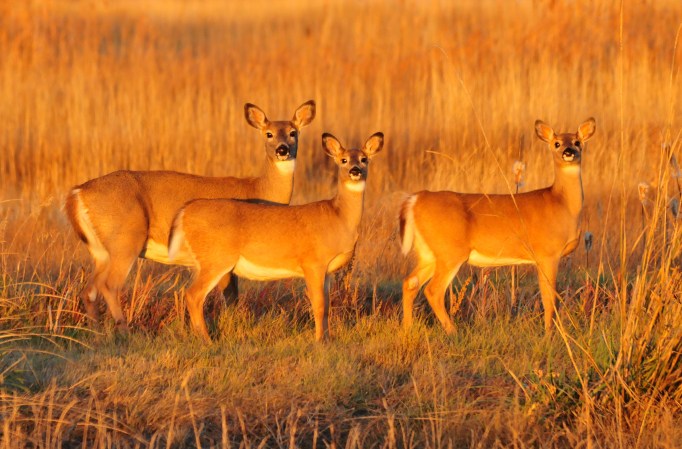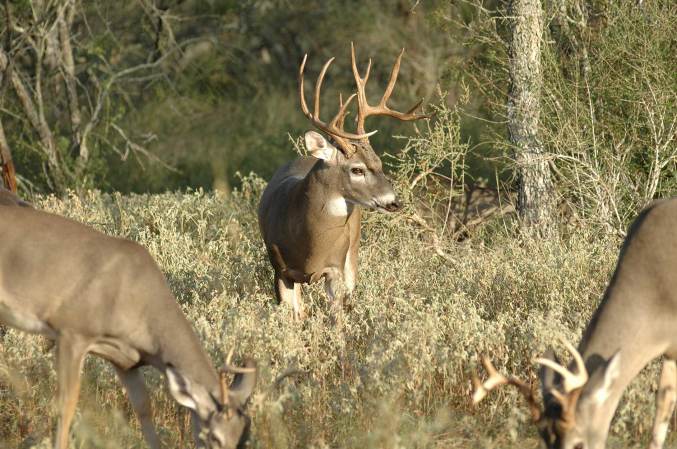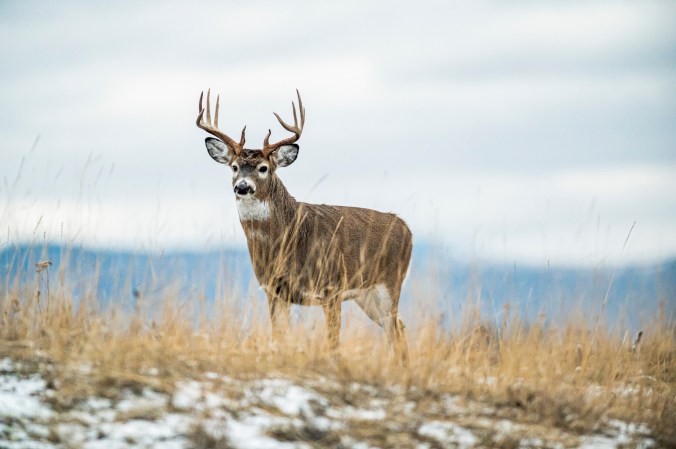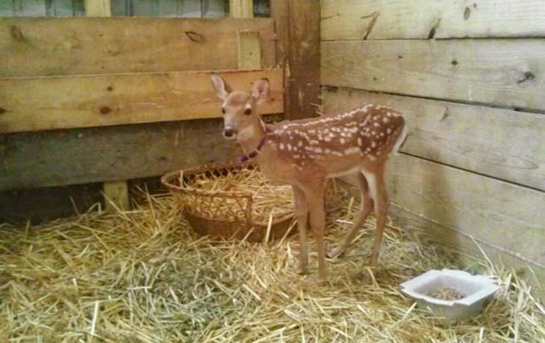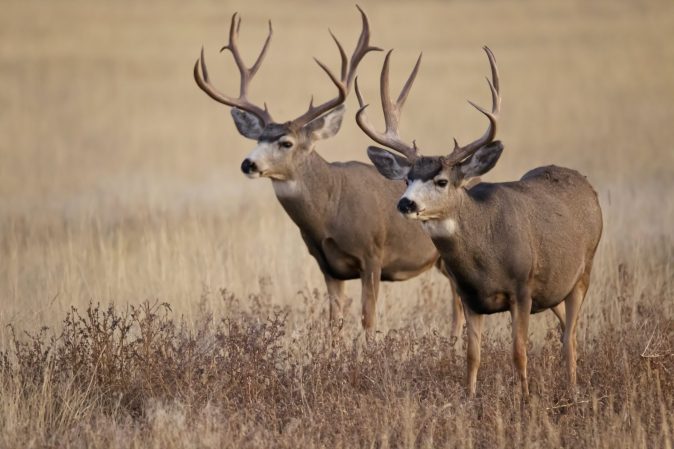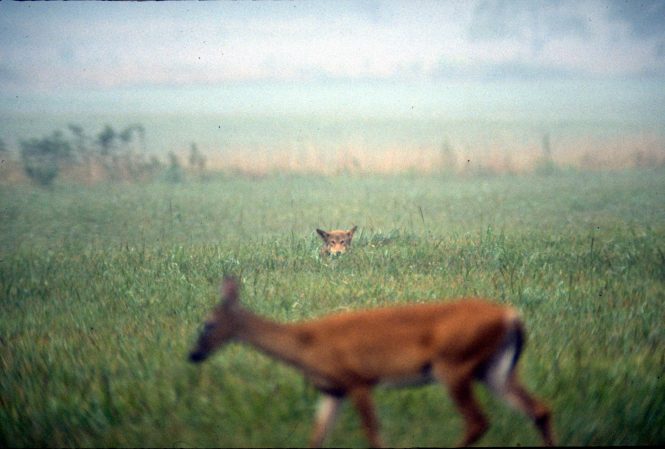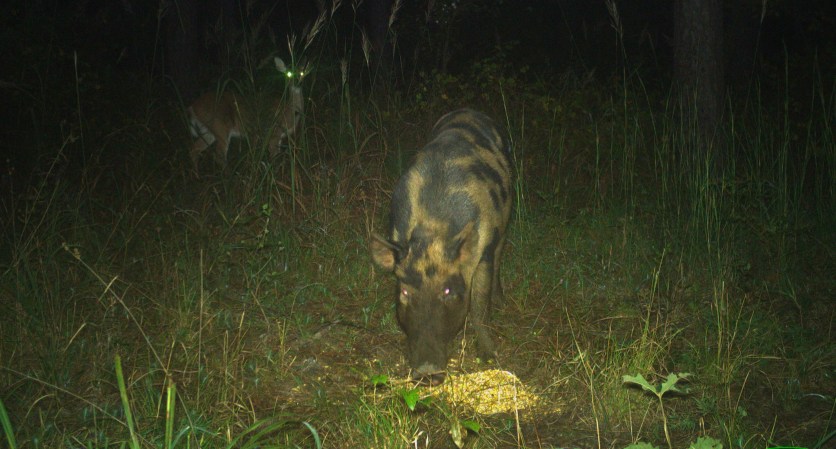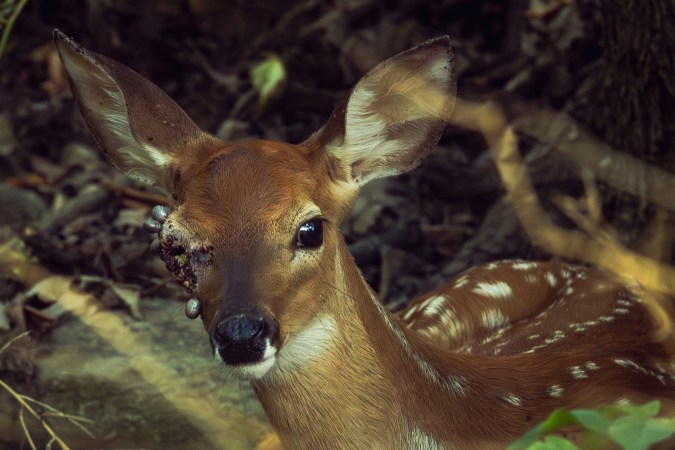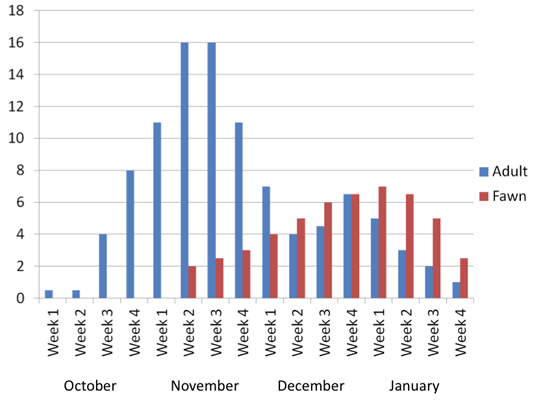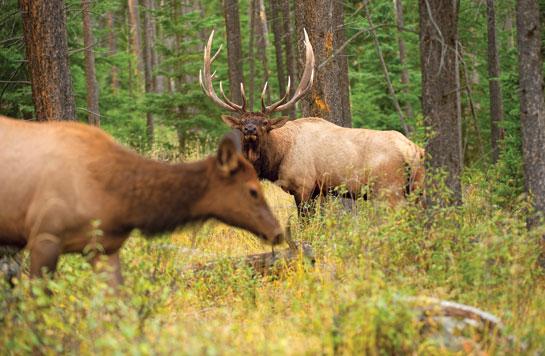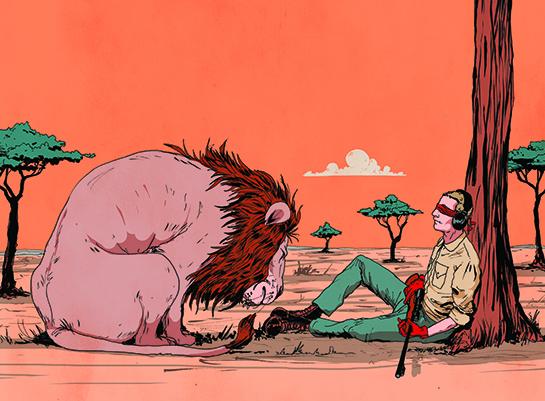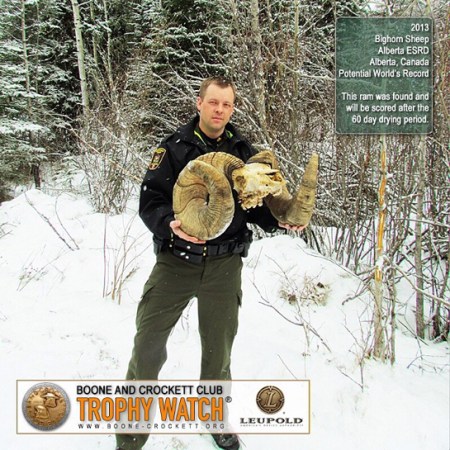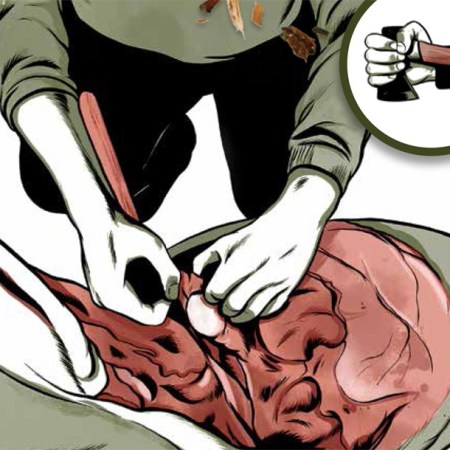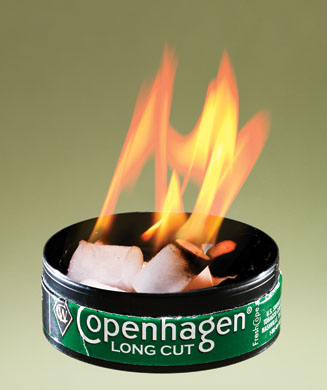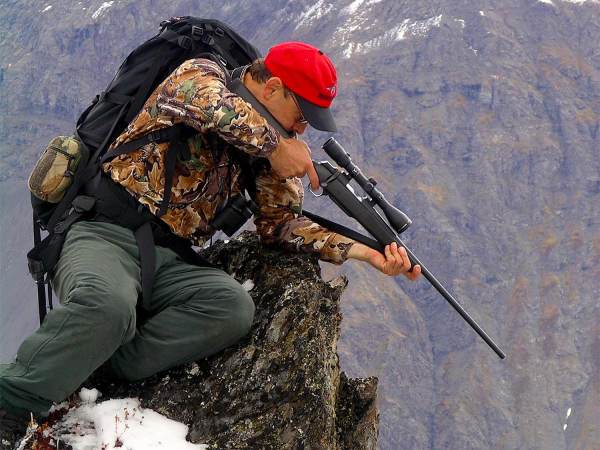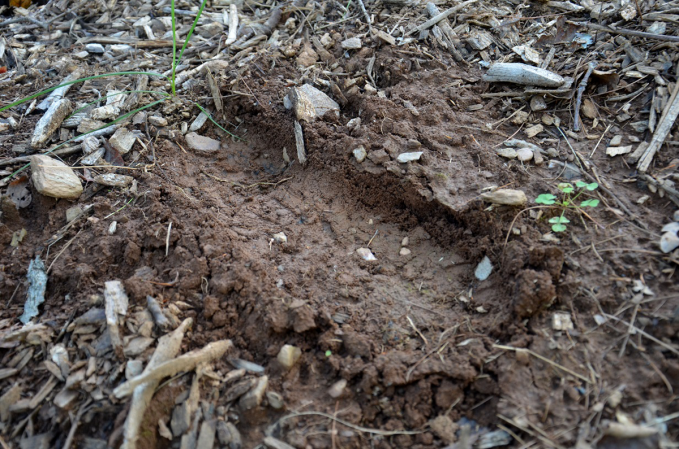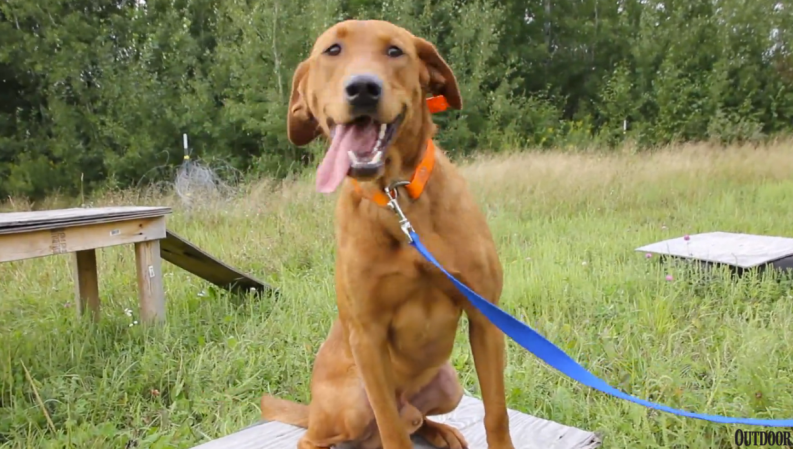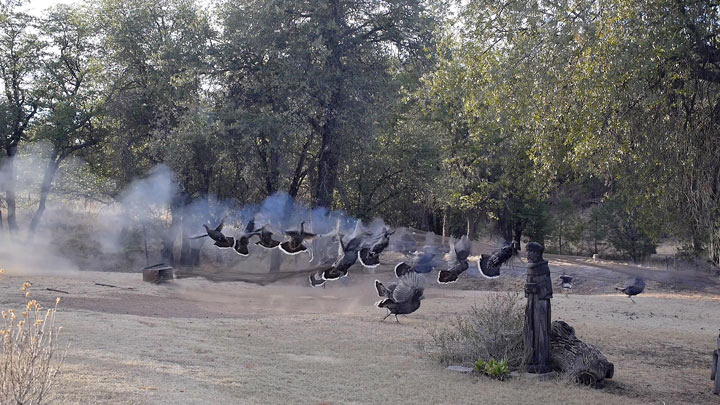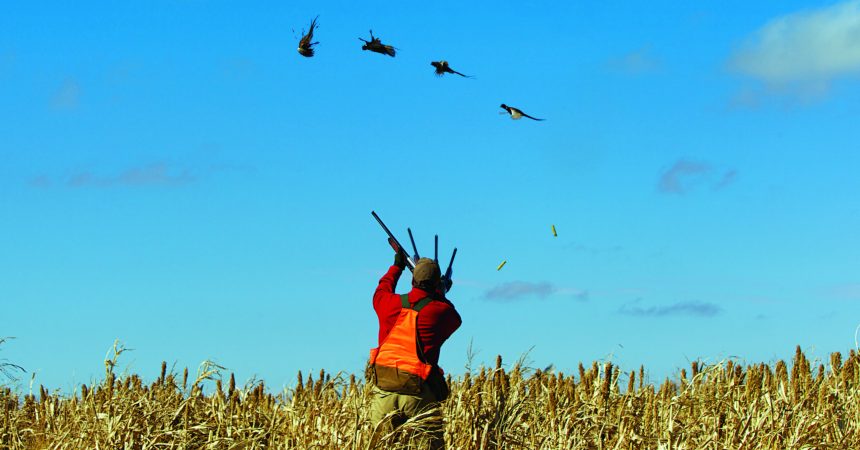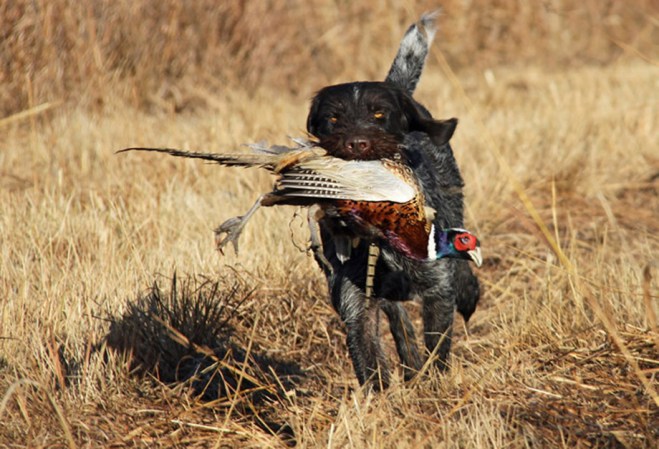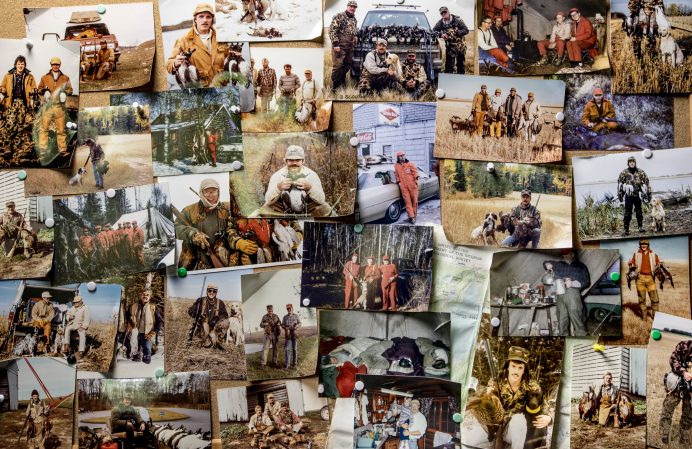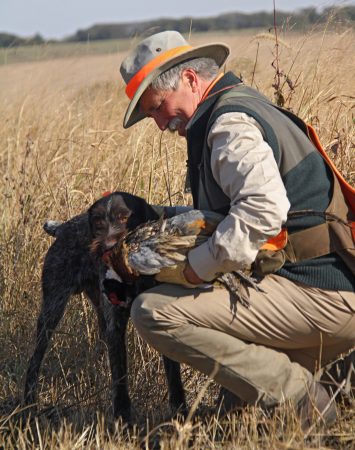It was once common to see a whitetail doe with two or even three fawns in tow. Today, that’s no longer the case in many parts of whitetail country. Hunters and researchers are noticing fewer fawns in the woods, and fewer still are surviving to adulthood. It’s an alarming trend that has experts concerned. So, why have fawn recruitment rates dipped? Unfortunately, that’s a complex issue biologist haven’t completely figured out. But here’s a closer look at what we know so far.
In Many States, Fawn Numbers Are Falling Dramatically
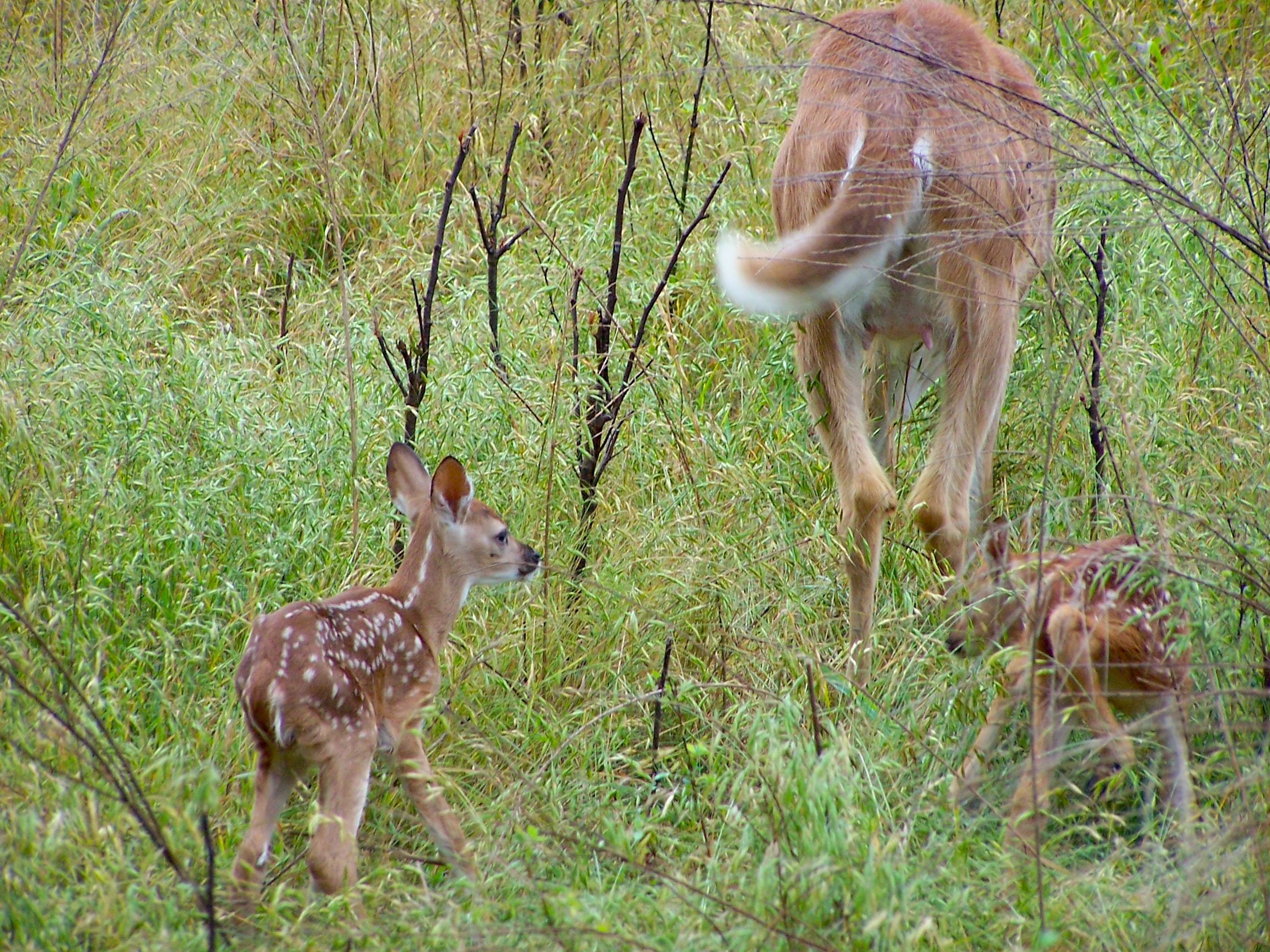
According to the National Deer Association’s 2021 Deer Report, Kentucky is the only state with a fawn recruitment over 1.0. (The fawn recruitment rate is the number of fawns per adult doe, so 1.0 translates to an average of 1 fawn recruited per doe.) Some states that didn’t provide information, such as Iowa, Kansas, and Missouri, might still be over that threshold, but there’s no way to know.
Almost every reporting state in the Southeast and Northeast has seen a major decline since 2000. Some states have nosedived. For example, in the past 20 years, Georgia dropped from 0.71 to 0.43 fawns per doe. Louisiana declined from 0.74 to 0.44, Maryland fell from 0.74 to 0.37, New Hampshire decreased from 0.7 to 0.36, and New York plummeted to 0.26. In other words, the New York figure of 0.26 means that out of every four adult does, only one would have a fawn.
Fawn recruitment is a local issue, but dropping rates across many states has biologists scrambling to determine underlying causes. Those who understand basic ecology know that every species on earth must recruit a certain number of their young into adulthood in order to maintain or grow in population. Once recruitment drops to a certain level, the population becomes stagnant, or enters a decline. So, what exactly is the lowest possible acceptable threshold for fawn recruitment rates? At what point does the herd enter a decline?
Unfortunately, it isn’t an exact science. Each deer herd faces a unique set of mortality risks within its environment. Predation from other animals and hunters, disease, flooding, and other natural causes can affect population status.
“With very low fawn recruitment rates (14% fawn survival) and even with high doe survival rates (83%), a low-density deer population may still decline,” says Mike Muthersbaugh, a Clemson PhD student of wildlife biology. “If fawn recruitment isn’t so extremely low (24%) and adult doe survival is again high (86%), you might see a low-density deer population increase. Still, yearling doe survival, and yearling doe and adult doe birth rates still play a role here.”
It’s expected that fawns will die from a variety of causes like accidents (falls), disease, genetic disorders, native predators, flooding, vehicle collisions, and more. So biologists (and hunters) have a tough job identifying the real causes of decline.
Coyote Expansion Continues
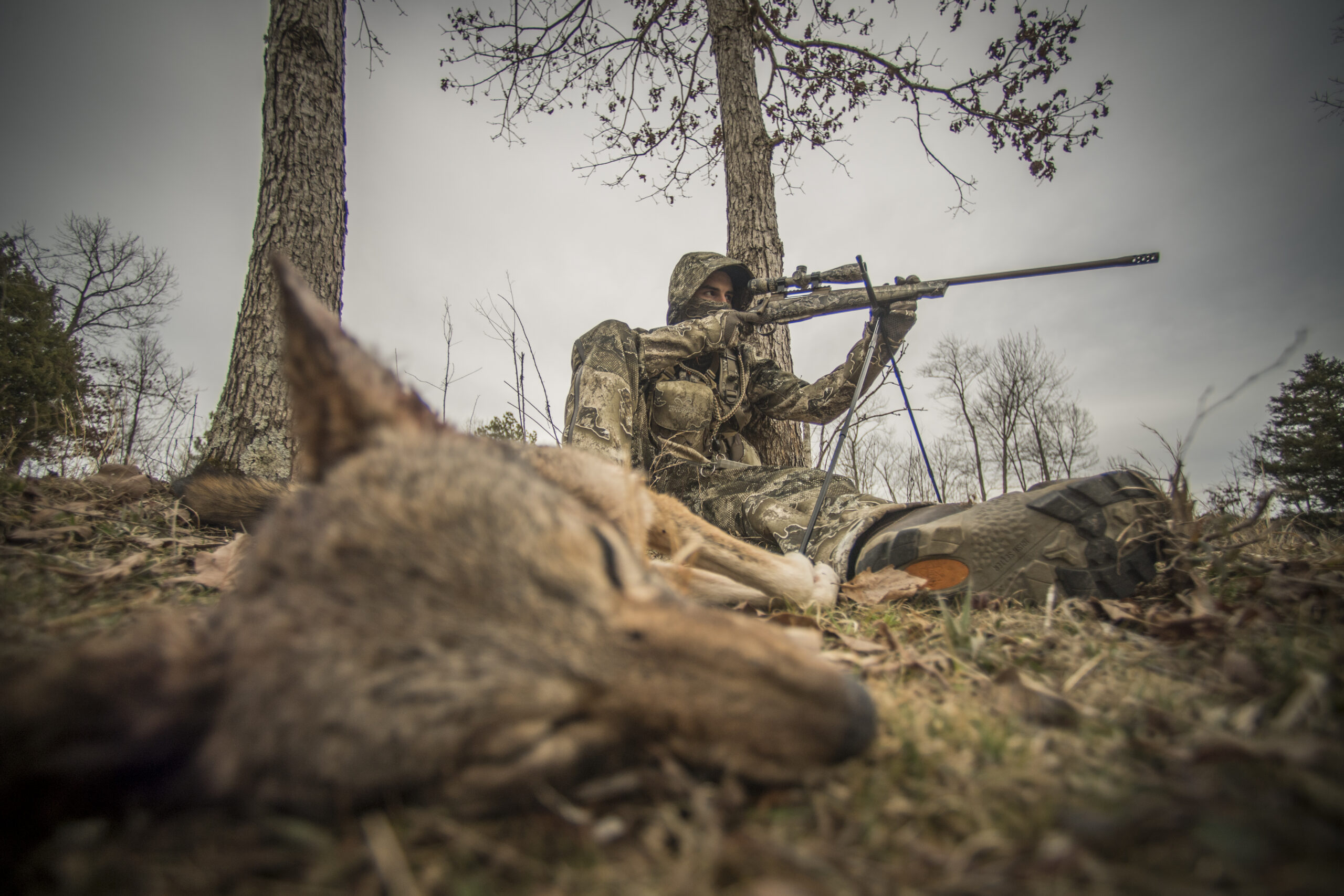
In the past century, coyotes have spread throughout the eastern states. This was helped by the disappearance of competing predators, man-made bridges across major waterways, and the reintroduction of prey species, such as whitetails.
“Since this expansion, much research has been devoted to understanding their ecology, with a focus on when and where they eat deer,” says Alex J. Jenson at the Department of Forestry and Environmental Conservation at Clemson University. “Hundreds of coyote diet studies have been published from across their range, yet we know little about how their diet varies at the geographic scale, or what factors influence that variation.”
That said, fawn recruitment rates have declined in lockstep with the rise of coyote populations. But other factors are in play, too, and researchers are trying to determine just how large of a role coyotes play. To do this, Jenson and his colleagues conducted an in-depth analysis of coyote diets. They discovered that season and location were the best predictors of whether coyotes consumed whitetails, and how much.
“Overall, coyotes had the highest proportion of cervids in their diet during winter (27% of scats), followed by spring (21%), then summer (20%), and fall (18%). Cervid use was three to four times higher in temperate forests (29-42%) relative to other ecoregions (4-12%)…Cervid consumption in eastern temperate forests (37%) was second only to northern forests (42%), confirming that coyote use of cervids is relatively high in the eastern U.S. Moving forward, we plan to investigate the proportion of cervids in coyote diets that can be attributed to fawns and carrion.”
In other words, Jensen and his team learned that coyotes eat deer most often in winter and spring, and more commonly in eastern and northern forests. However, it’s still unclear exactly how predation is impacting fawn survival rates.
The Comeback of Other Predators
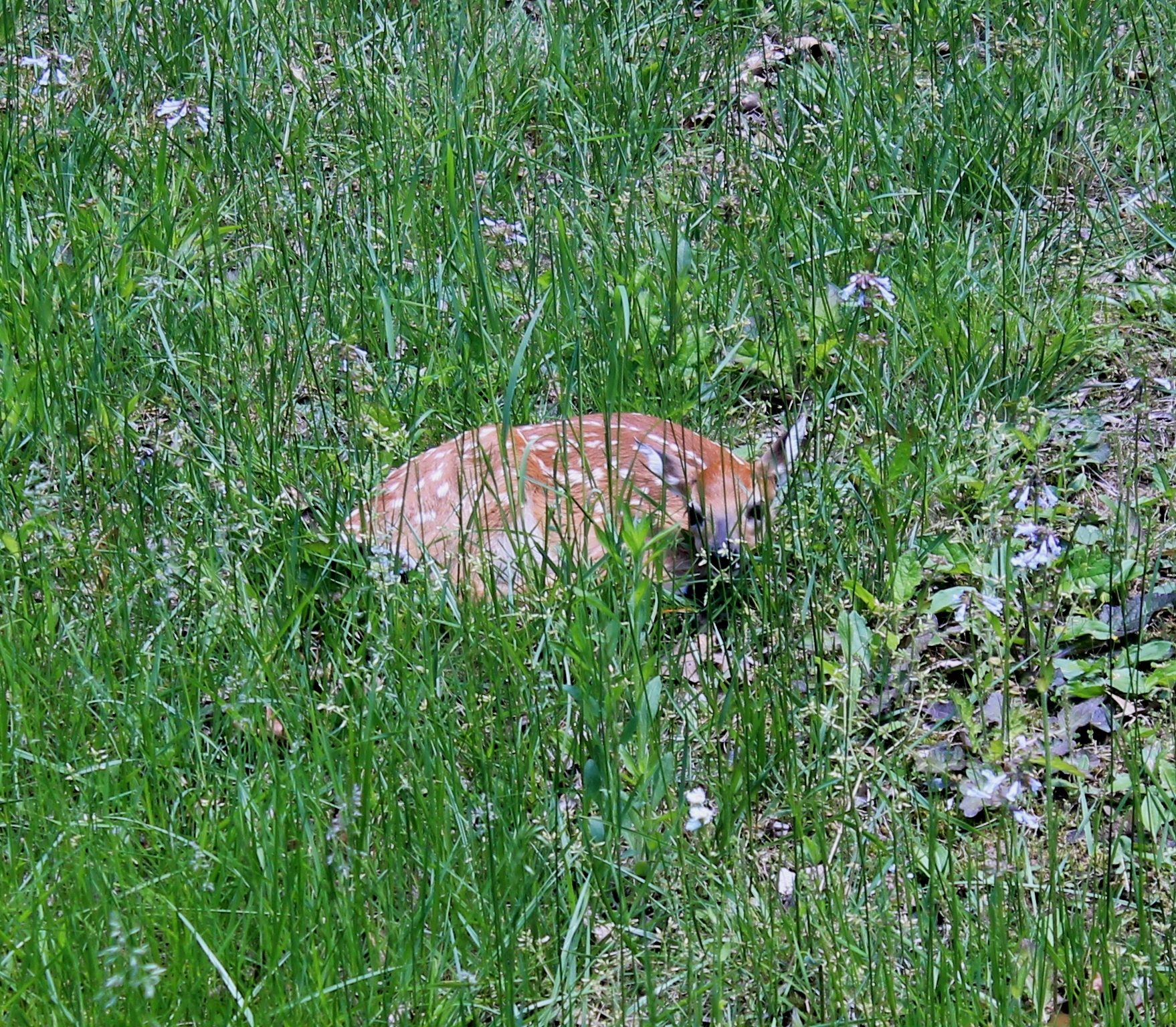
Other predators such as black bears, cougars, foxes, and wolves have made comebacks as well. Naturally, you would think this would be linked to declining fawn survival rates.
Not everyone agrees, though. A study conducted by Tess M. Gingery of the Pennsylvania Cooperative Fish and Wildlife Research Unit at Pennsylvania State University, as well as some of her colleagues, concluded predators might have a smaller impact than expected.
“Using published data from 20 populations with reported fawn survival to 3 to 6 months of age, we found no relationship between the number of predator species and survival rates or predation rates,” the study concluded. “Furthermore, studies that manipulated predator densities report limited or no effect on fawn survival and recruitment.”
It also stated that some literature has produced a biased belief about the true influencers of fawn survival. They stated that predation is more likely a mask for the ultimate cause of mortality, rather than the original cause itself. However, it’s important to remember that predation is a property-specific issue.
“For instance, in 2019 none of the five fawns in one particular forest tract were depredated, while nearly all or all fawns in other seemingly similar forest tracts died due to suspected predation,” said Mike Muthersbaugh, a biologist at Clemson University. “The potential differences between areas remain unknown, but could be influenced by the mothers’ behaviors, the level of predator activity, habitat, fawn activity patterns, or most likely some combination of these factors.”
Grant Woods, a wildlife biologist and founder of Growing Deer TV, believes that predators are having a negative impact on overall fawn survival numbers.
“We have way more predators, more fragmented habitat, lower-quality habitat, of course they’re having a bigger impact on prey species. And no one wants to talk about this. No one does,” Woods says. “There is a lot of research saying that predators aren’t an issue. I don’t ever like dogging another researcher, but I can tell that, at my place, it’s an issue. When I fawn bleat, the coyotes come running. There are so many coyotes, coyote scat, and coyote tracks.”
Woods pointed to research conducted by the University of Georgia, which extracted data from a 28,000-acre plantation. The researchers there created four 80-acre enclosures and installed coyote-proof fences buried 1½ feet deep in the ground and 4 feet tall. After trapping all of the bobcats and predators on the inside of the fence, the team then kept tabs on GPS-collared does. Come fawning time, a very high percentage of those does retreated inside the 80-acre fences. They jumped the fence and lived there, presumably knowing they were protected from coyotes in those sanctuaries.
Of course, while hunters can’t trap out an entire predator population, they can make an impact. Woods and many others are confident deer and other prey species will prefer your property if it harbors less predators.
“That trap is working 24/7, and you can have multiple traps out,” Woods said. “I think a lot of the researchers don’t like it because they feel the average landowner can’t afford to trap. My theory is, if you’re really into it, it’s not about affording to trap. You just take the time to do it. A dozen traps [aren’t] that expensive. I feel the reason a lot of people say it doesn’t work is because they don’t want people out there doing it. Or they’re just predator friendly.”
“In the Southeast U.S., multiple studies have demonstrated that fawn recruitment is fairly low, and will likely remain so for the foreseeable future,” Muthersbaugh says. “However, recruitment rates still vary among states, within states, and over time. Coyotes, bobcats, and black bears will continue to [prey] on fawns in the Southeast.”
While coyotes are the major concern, they aren’t the only species impacting whitetails. Hogs are destroying quality habitat and, according to Woods, consuming a small number of fawns. In Florida, pythons are gobbling up fawns, as well as adult deer. It’s yet another example of predation taking a toll.
Humans Are Degrading Deer Habitat
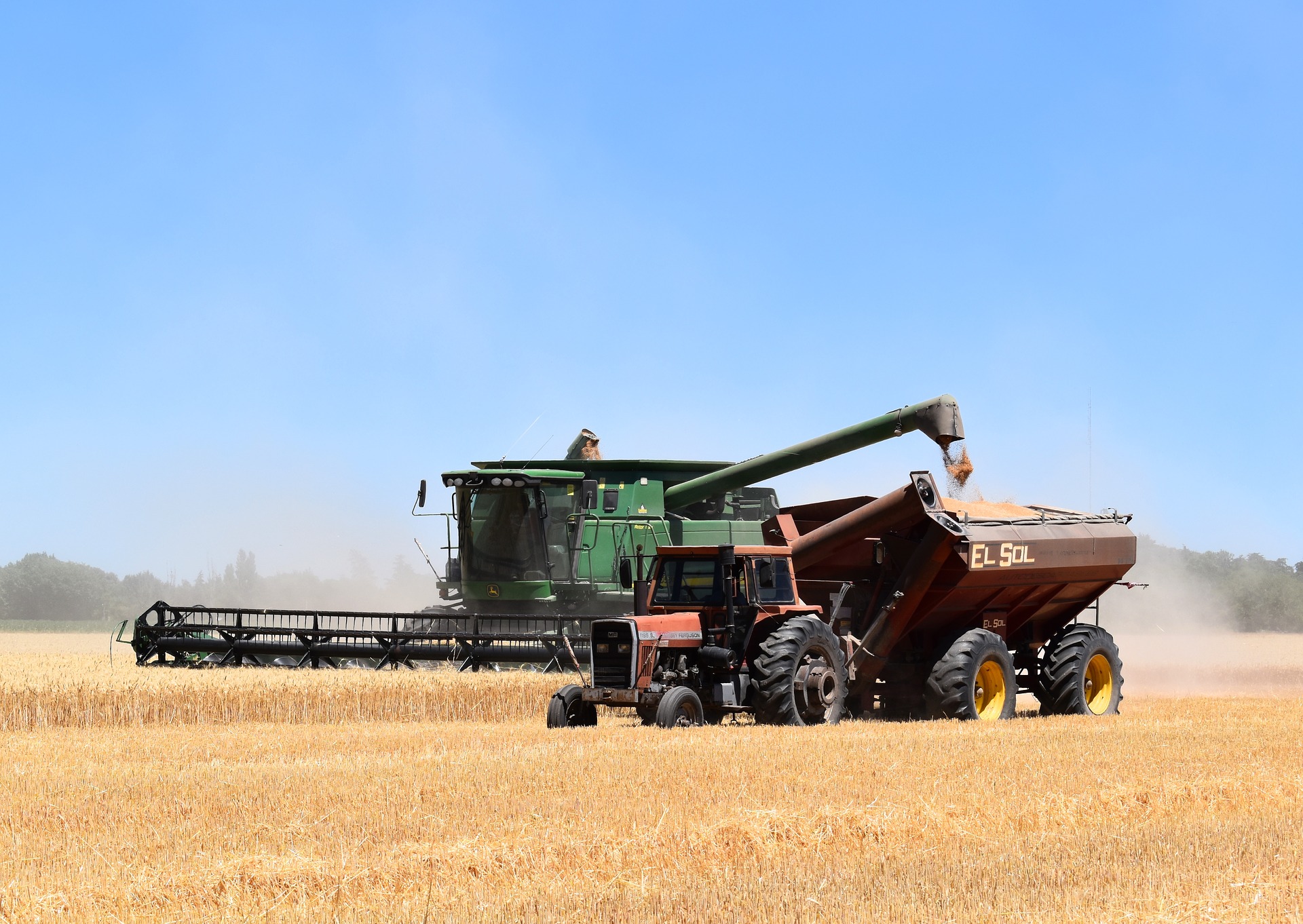
Urban sprawl and agricultural practices continue to disperse whitetail populations, or at the very least alter a deer’s home range. It’s no secret here in the U.S. that we destroy natural habitat on a daily basis. The number of acres humans take from wildlife each year is up for debate, but most urban areas only continue to grow in size. The same can be said for farming practices, which have gone the way of massive corporate farms that control thousands of acres.
This leads to fragmented habitat, which historically, wasn’t a concern. Decades and centuries ago, habitat consisted of large stands of forest. We don’t have as much of that anymore. Today, our landscapes are much more fragmented, which Woods says benefits predators.
“You have these really narrow habitat strips,” Woods said. “The government pays farmers to have CP33—which leaves so many yards of a field edge where tree roots usually mess up the crop anyway—for wildlife habitat. That just makes a long narrow buffer. It’s usually on the downhill side right on the edge that goes down to a drainage, creek or something. Anything traveling that long, skinny buffer can smell a fawn, or quail or any kind of quarry. We’re just creating massive predator food plots. We’re making it easy for predators to feed on them.”
Growing Crops May Be Causing More Deer Deaths
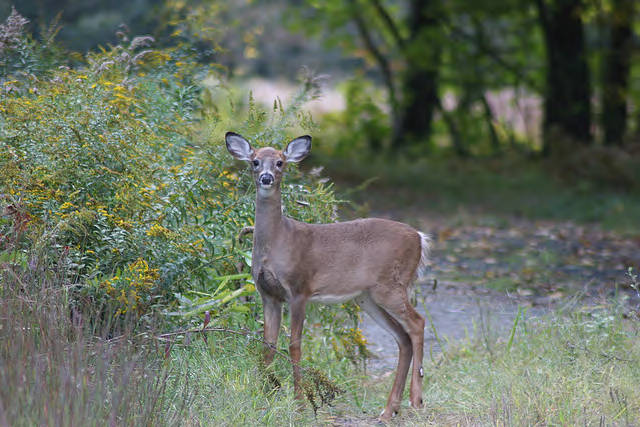
There’s a low rumbling by some biologists that a select set of agricultural products, best known as neonicotinoids, are causing fawn die-offs. If you’re unfamiliar with neonicotinoids, know that these are broad-spectrum insecticides largely used as seed treatment on field crops, such as alfalfa, corn, cotton, fruits, rice, soybeans, vegetables, wheat, and more. In South Dakota alone, approximately 94 percent of U.S. corn and 50 percent of U.S. soybeans are treated with types of neonicotinoids.
A group of scientists, including Jonathan G. Lundgren of Blue Dasher Farms, have been studying the effects of neonicotinoid insecticides on whitetail physiology and reproduction. While much of the results are still inconclusive, some of their findings are eye-opening.
First developed in the 1990s, this insecticide family hit the accelerator in the early 2000s. Today, these are more common than any other pesticide in the world. And according to the experts, only 2 to 20 percent of the seed coating is absorbed by the developing plant. The rest remains in the environment, persisting in the soil for years. It may even make it into the water table.
The concern is that deer could be ingesting these insecticides and that it could be impacting reproductive success. According to Lundgren’s research, throughout the past decade, abnormalities have been documented in whitetails. Original hypotheses suggested possible contact with pesticides, such as imidacloprid (a type of neonicotinoid). They studied the effects of imidacloprid at the South Dakota State University Wildlife and Fisheries Captive Facility, and discovered that this pesticide is adversely affecting rats, mice, rabbits, red-legged partridges, Nile tilapia, Medaka, and black-spotted pond frogs.
“Neonicotinoids derive their toxicity from agonistically binding to nicotinic acetylcholine receptors on the post-synaptic nerve membrane and firing nerve impulses in a manner that is uncontrollable and uninterrupted,” the report said.
“To our knowledge, no information is available on potential effects on large mammals, such as white-tailed deer,” the report said, referring to the lack of existing research on neonicotinoids and large mammals. “Our study provides the first overview of effects of imidacloprid on white-tailed deer. We documented that deer in our experiment avoided imidacloprid-contaminated water. Moreover, we discovered that fawns that died during our experiment had greater concentrations of imidacloprid in spleens compared to those that survived. Fawns with relatively high concentrations of imidacloprid in spleen and genital organs also tended to be smaller and less healthy than those with relatively low concentrations of imidacloprid in these organs. Finally, our study provides support for reduced activity of adult and fawn white-tailed deer with relatively high concentrations of imidacloprid in spleens.”
Essentially, deer with higher levels of exposure to imidacloprid possibly had compromised spleens, among other organs. Furthermore, it seems plausible that it could impact their immune system.
“The spleen produces white blood cells that fight infection and synthesize antibodies,” the report said. “Imidacloprid can reduce the production of spleen lymphocytes, which results in an impaired immune system. Therefore, immune suppression in our fawns caused by imidacloprid likely was a factor in their deaths.”
The study revealed numerous findings, including that as levels of imidacloprid increased in the spleen, fawn survival (among other things) decreased.
“Results demonstrate that imidacloprid has direct effects on white-tailed deer when administered at field–relevant doses,” the study concluded.
This problem isn’t limited to South Dakota. The Minnesota Department of Natural Resources recently issued a press release stating that deer across in their state are being exposed to neonicotinoids. During the 2019-2020 hunting season, approximately 800 deer spleens were collected from hunter-harvested deer, and 61 percent of the samples indicated exposure to neonicotinoids.
While the full scope of the neonicotinoid-whitetail relationship is still unclear, the DNR said hunters shouldn’t worry about meat consumption.
“While these preliminary data focused on deer, Minnesota Department of Health believes there is likely little to no human health risk for consuming venison from deer that may have been exposed to neonicotinoids,” said Minnesota DNR. “These early findings suggest concentrations found in the deer spleen samples were far below the U.S. Environmental Protection Agency’s allowable levels for consumption of other foods, like fruit or beef, that may have neonicotinoid residue.”
While there’s more work to be done, limited research initially points to neonicotinoids as a potential problem for fawn recruitment rates. Some say the problem is agricultural, while others say imidacloprid contact could be coming from other sources.
“If you read on those bags, it unequivocally says, ‘not for consumption … seed must be buried below the soil,’” Woods says. “No planter does that 100 percent, especially in a wildlife food plot. They’re out there broadcasting it. Farmers might be getting a high majority of their seeds buried in the soil, but me, you and Bubba are out there broadcasting seed and there is a whole bunch of it laying on top of the soil. This could be a really nasty thing.”
What Can Hunters Do?
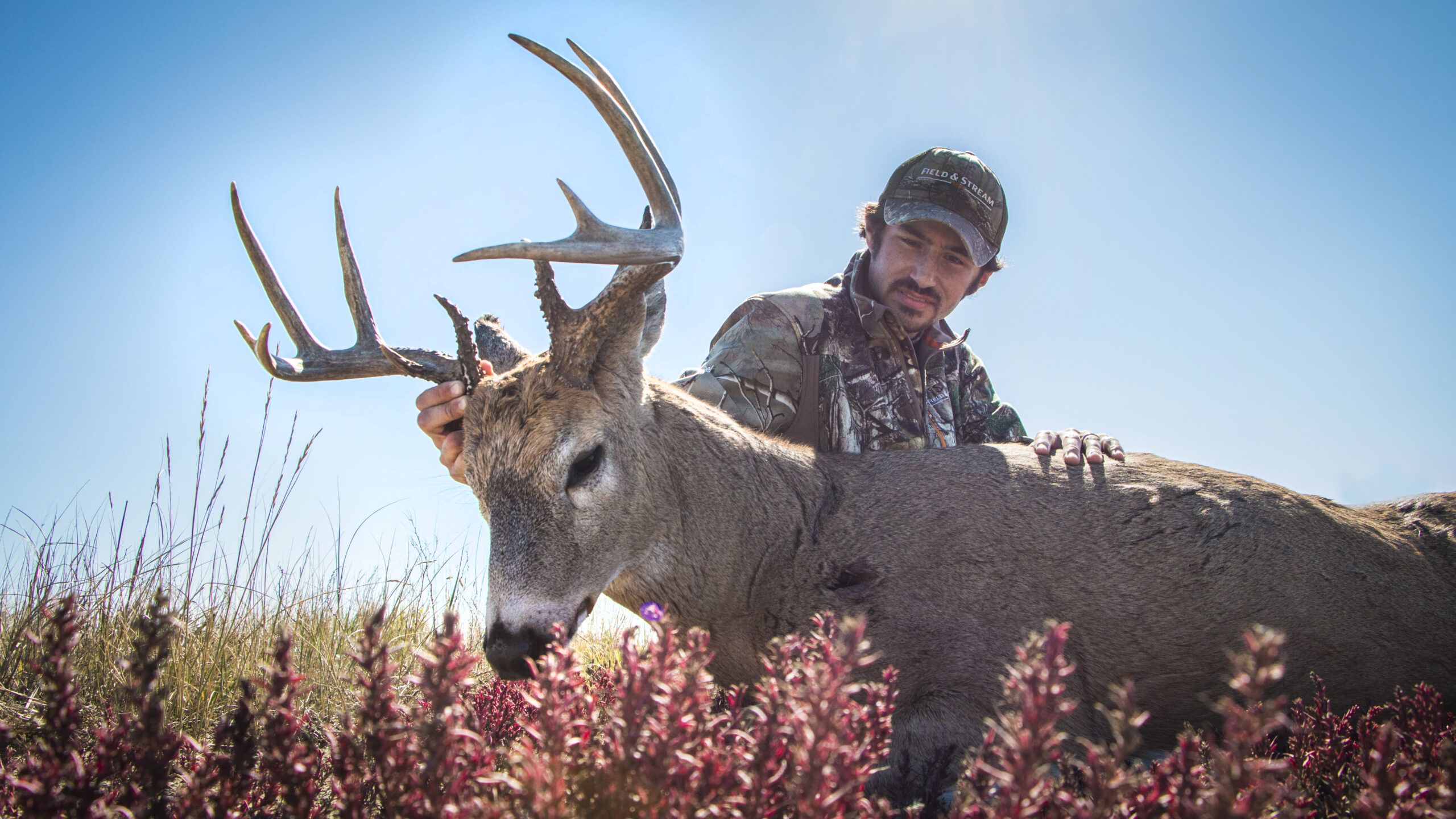
After consulting with numerous experts in whitetail fawn recruitment, it’s still a mystery as to what’s causing such a significant decline in fawn recruitment rates. We also don’t know what these rates will be in the future. It revolves around a complex mix of variables, and more research is needed to draw sufficient conclusions. One thing is apparent, though. Until more information is made available, we can continue to manage habitat responsibly, remove predators, and restrict harvest totals as necessary.
“In areas where managers are worried about declining deer populations, limiting antlerless tags could be a very useful tool, but just changing doe harvest levels may not completely switch a population trajectory,” Muthersbaugh said. “In addition, deer population dynamics may be very different across a state, so statewide regulations may not be fine-scale enough to really address more localized issues.”
